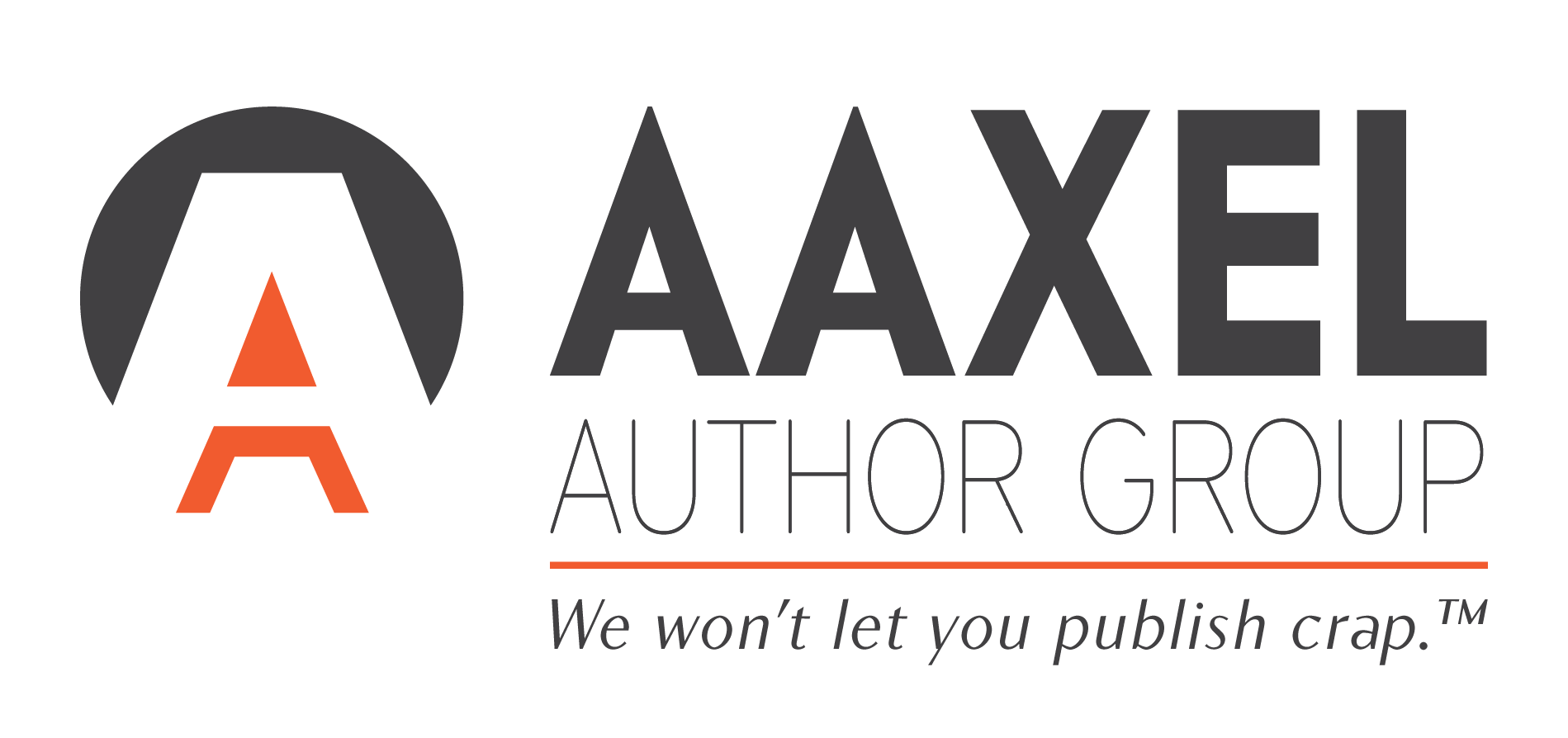A Style Guide for Your Book Interior: Part 1
So, you have an edited manuscript. Now what? Before interior layout begins, you want to make sure your content conforms to generally accepted publishing standards. The last thing you want is a book that’s missing key elements.
If you pick up any book, you’ll notice they all follow the same sequence of content: front matter, the manuscript itself, and back matter. But what exactly makes up these sections? In our first of a two-part series, we’ll look at what’s needed in your front matter.
Front matter is the section that comes before the manuscript and typically contains the following:
Endorsements Page:
If you have notable reviews you want to share, the very first page after turning the cover of your book is the place to showcase them. Its page layout usually begins with the title “Praise for [Your Book Title]” and is followed by selected endorsements.
½ Title Page:
This page follows the endorsements page or, in the case where you don’t have endorsements, is the very first page in your book. As implied by its name, the ½ title page contains the title of your book, which closely mimics the font and text placement of your title, but does not include the author or imprint names. It does, however, leave plenty of room for you to sign at book signings.
Title Page:
Similar to your ½ title page, the title page contains your book title. The title, however, is now followed by your author name and includes the imprint name at the bottom of the page.
Copyright Page:
On the backside of the second title page, to the left of your dedication page, your copyright page holds all the important and legal information about your book. Here’s what that might look like:
[PUBLISHER/IMPRINT NAME]
Copyright © [YEAR] by [AUTHOR NAME]. All rights reserved. No part of this book may be used or reproduced in any manner whatsoever without written permission except in the case of brief quotations in the context of critical articles or reviews.
For information: [PUBLISHER/IMPRINT NAME], [PROFESSIONAL MAILING ADDRESS/WEBSITE] (If none, omit this info)
Cover design by [DESIGNER NAME]
Interior design by [DESIGNER NAME]
ISBN (Paperback): [ISBN NUMBER PER EDITION]
ISBN (eBook): [ISBN NUMBER]
You can also add a legal disclaimer about the contents of the book at the bottom of the copyright page. For fiction, you will sometimes see a disclaimer specifying that “This is a work of fiction.” For non-fiction books, particularly those offering financial or medical advice, authors will often include a “For educational and entertainment purposes” disclaimer.
Dedication Page:
Opposite your copyright page is the dedication page. Here your dedication will occupy the centre of the page.
Table of Contents:
The table of contents page is an optional page following the dedication page and is mainly used in non-fiction. Unless you’re putting together a thousand-page anthology, your table of contents should run no longer than two pages. For a one-page table of contents, start on the right, if it’s two pages, feel free to start it on the left (on the back of the dedication page) so that readers can see the full table of contents at a glance.
Introduction/Foreword/Prologue:
Capping off the front matter, your introduction, foreword, or prologue takes up anywhere from one page to multiple pages. Pagination for these pages is styled in Roman numerals, i.e., I, II, III, and pages are labelled similarly in your table of contents (if you have one).
Preparing a manuscript for interior layout is just one of the many services we offer in our turnkey publishing packages. Click here to learn more about our services.
The journey to publishing your book can be complicated, but you don’t have to do it alone. Download our free No-Hype, No-Nonsense Author Success Tracker to help guide you during the process. If you have any publishing questions, we’re here to help. All you have to do is contact us.
